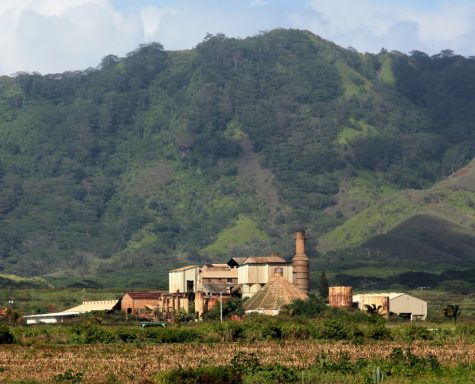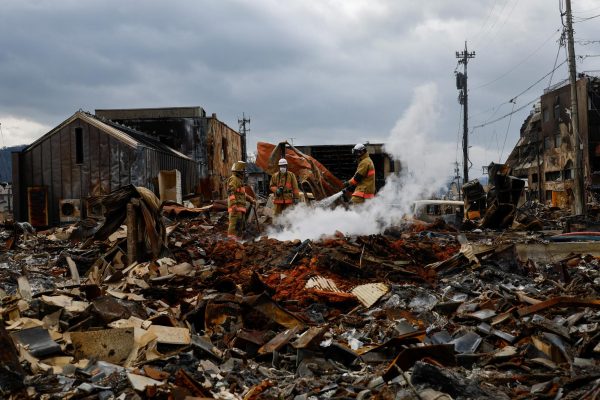Bittersweet Ending to Hawaii’s Sugar Industry

Sugar is an essential staple in most American households, and for over a century, some of that sugar originated from the Hawaiian Islands. However, the competitive market and decreasing sugar crop growth has caused the Hawaiian sugar mills to close down one by one in recent years. The last sugar mill, the Hawaiian Commercial & Sugar (HC&S) company in Maui, closed this December, and the final shipment of sugar reached Crockett, California in early January.
The sugar mills had been experiencing problems with decreasing sugar crop yields for many years due to weather and other factors. NPR reported that foreign competition from countries like Brazil also played a role in the downfall. The Hawaiian Commercial & Sugar Company, or the the Pu‘unene mill, managed to keep its doors open longer than any of the other mills, but eventually they also became too unprofitable to continue. HC&S, owned by Alexander & Baldwin (A&B), grew sugarcane and produced molasses from 1870 to 2016 according to MauiTime. Now that the sugar mills have been shut down, Hawaii News Now reports that the company plans to repurpose the land for more productive agricultural production, which will take years to implement.
Hawaii News Now reported on A&B Executive Chairman Stanley Kuriyama’s public announcement, which stated, “We have made every effort to avoid having to take this action. However, the roughly $30 million agribusiness operating loss we expect to incur in 2015, and the forecast for continued significant losses, clearly are not sustainable, and we must now move forward with a new concept for our lands that allows us to keep them in productive agricultural use.”
The closing of the mills has caused hundreds of Hawaiians to lose their jobs. According to NPR, 675 workers lost their professions at the last remaining sugar mill that closed in December. For some of the employees, these jobs have been a source of familiarity for decades, as many of them worked in the sugar industry since their teenage years. Along with issues with unemployment, the closing of the mills has been an emotional experience for the surrounding communities. The mills shaped the local neighborhoods by drawing immigrants from Asia and Europe to the Hawaiian Islands over one hundred years ago. The sugar plantations provided the venue for diverse, unique cultures and communities to form, and many Hawaiians still hold their way of life close to their hearts. As University of Michigan professor of American culture and musicology Amy K. Stillman told NBC, “Sugar plantations were sites that brought multiple Asian groups together in Hawaii, and as such gave rise to the foundation for distinct multicultural and multiracial social formations decades before such processes started emerging in the continental U.S..”
However, the sugar’s past in Hawaii is not 100 percent sweet. The early plantation owners of the sugar plantations were instrumental in the illegal overthrow of the Hawaiian monarchy in 1893, followed by the annexation in 1898. The United States recognized and apologized for the illegal act many decades later in 1993 according to NBC News. The early sugar workers also suffered from labor exploitation and harsh conditions under the plantation owners.
Some are pleased with the closing of the mills because the development has depleted many natural resources and the nutrients in the soil. Sugarcane requires huge amounts of water to prosper, and some mills utilized a method of harvesting sugar by burning the sugarcane that caused air pollution issues in the surrounding communities.
Michigan Technological University anthropologist Carol MacLennan stated in an interview with MauiTime, “The resulting erasure of what remained of the Hawaiian landscape by sugar’s class of businessmen has serious consequences for sustainability in the islands. The faith in the human power to manipulate nature and re-create new landscapes of production continues environmental change and, when not checked, degradation.” Indeed, the sugar plantations on the Hawaiian Islands have caused debate about preserving the environment, and the effects of the industry on the nature will most likely be lasting.
The history of Hawaiian sugar mills is truly bittersweet. As the final sugar mills are closed and repurposed, we will look forward to the future of the Hawaiian Islands while still remembering the legacy the sugar industry leaves behind.










